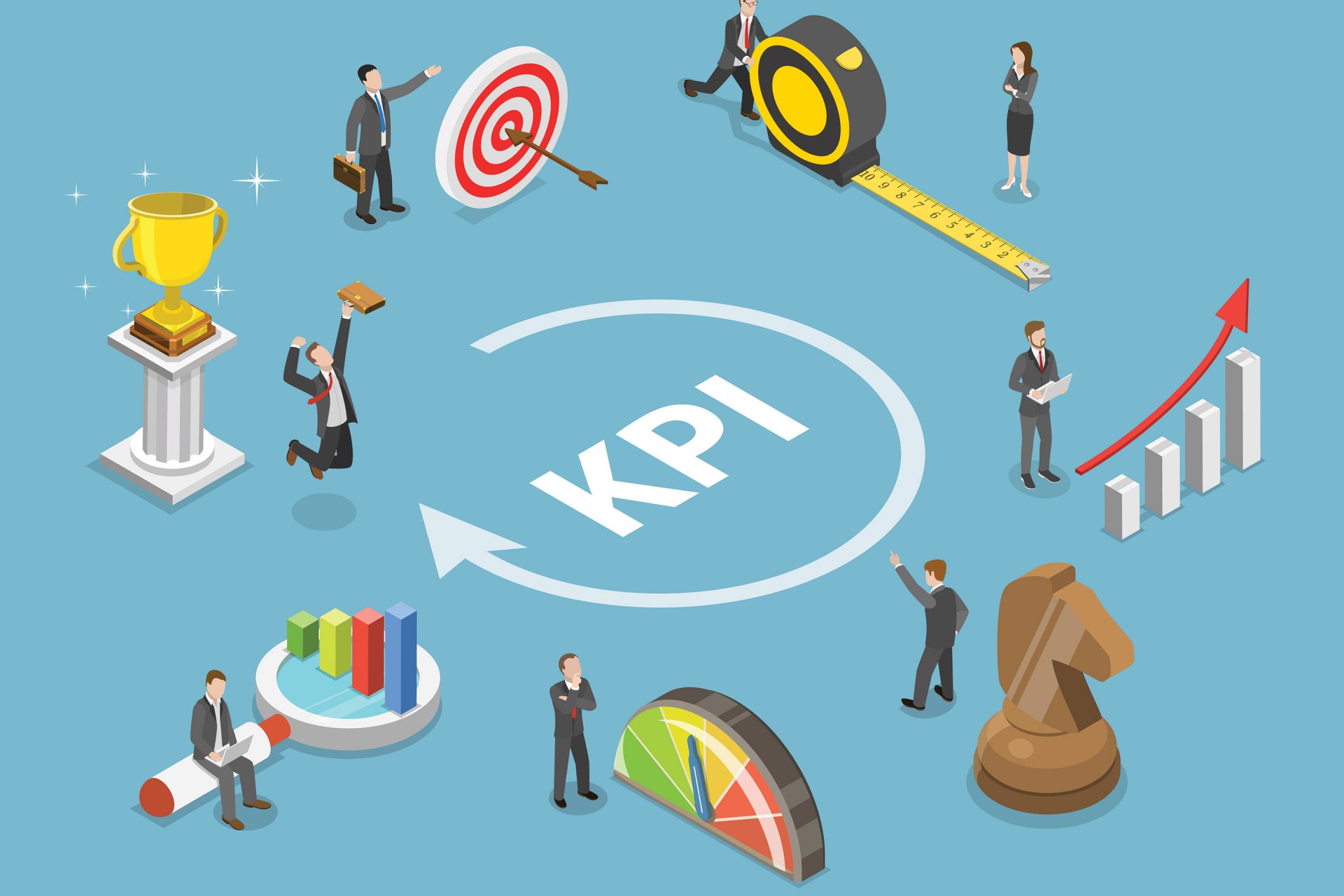You’ve got your ecommerce site up and running, but how do you know if you’re racking up the sales you hoped to see?
The most efficient way to determine the success of your ecommerce website is to track and monitor your sales performance. How do you do it? Here are a few of the key factors that you need for solid sales performance monitoring.
Key Factor #1: Cart Abandonment Rate
Unfortunately, cart abandonment is a prevalent problem for ecommerce merchants. While a shopper might spend some time happily filling up their virtual cart, when the time comes to pull the trigger, they get a bad case of cold feet.
Track your cart abandonment rates. If you notice they’re climbing, there are measures you can take to reduce cart abandonment, enticing more shoppers to complete their transactions.
Key Factor #2: Percentage of Mobile Visits
If you haven’t already optimized your ecommerce site for mobile use, or if you’re not tracking the traffic that your mobile site sees on a regular basis, you’re missing out on a huge part of your market. Mobile conversions are up 64% compared to their desktop counterparts— can you afford not to optimize your site for mobile use?
Keep your finger on the pulse of your site’s mobile activity. If you’re fully apprised of the amount of traffic you’re getting from your mobile visitors, you’ll be able to have a complete picture of your ecommerce site’s true numbers.
Key Factor #3: Value Per Visit
When you collect data related to your value per visit, it helps you understand how much value each visitor brings to your website. You simply divide the site’s overall revenue by the number of visitors over a certain period of time— a week, a month, or even a year.
Why is this information valuable? Well, it will give you a good handle on your marketing ROI. How do you want to spend your marketing budget in the future? Where is most of your traffic coming from? Are you allocating your funds properly?
Key Factor #4: Rate Of Subscriber Growth
Subscription billing is an increasingly in-demand option for ecommerce merchants. It offers users the convenience and a variety of choices to purchase your product. It’s particularly popular for SaaS businesses, who offer a service that must be renewed each month in order to be used. Subscription billing ensures that customers get consistent service without needing to take the necessary steps to keep it up to date.
Often, new subscribers are recruited via email marketing. However, if your list is less-than-fresh, you’re sending your carefully-crafted emails to a lot of people who have sent your messages to the spam folder ages ago. The average email contact list erodes by 22% annually— roughly a quarter of your list has opted out, but if your list was obtained by less-than-ethical measures, that percentage is probably significantly higher. Track your subscriber growth rate to get a good picture of the success of your marketing tactics, particularly your email.
An end-to-end ecommerce solution can help you track many of the factors that are pivotal for effectively monitoring your sales performance. Wondering if FastSpring can help your ecommerce business? Click here to get your free demo today.
![[Customer Story] Why TestDome Considers FastSpring a Real Partner](https://fastspring.com/wp-content/themes/fastspring-bamboo/images/promotional/2023/FastSpring-TestDome-blog-thumbnail.jpg)




